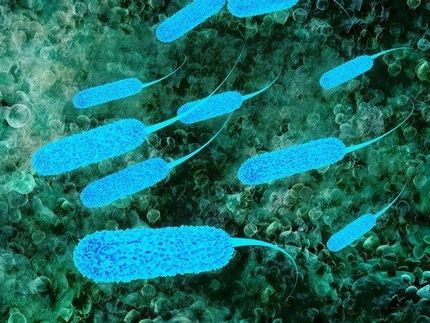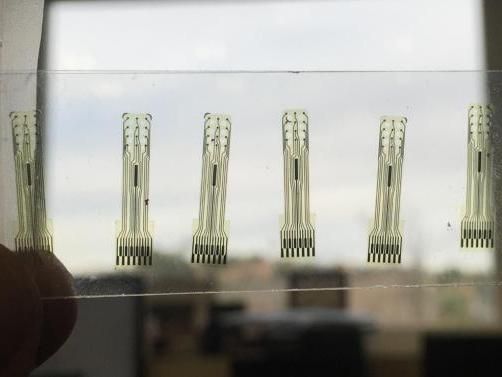Evolutionarily conserved enzyme play key role in DNA replication
Advertisement
Genome-wide studies of fission yeast (Schizosaccharomyces pombe) suggest that the evolutionary conserved enzyme Pfh1 helicase facilitates DNA synthesis by tracking along with the replication apparatus, promoting intact DNA synthesis at hard-to-replicate sites and consequently suppressing DNA damage.
Genome organization similarities of fission yeast and humans suggest that human DNA replication likely also need such helicases at hard-to-replicate sites. According to the new findings, human PIF1 is a top nominee for this task.
“Using genome-wide analyses, we show that the Pfh1 DNA helicase promotes fork progression and suppresses DNA damage at regions called ‘hard-to-replicate’ sites,” says Nasim Sabouri, researcher at the Department of Medical Biochemistry and Biophysics at Umeå University and co-author of the study. “Hard-to replicate sites exists naturally in all genomes investigated. These natural impediments slow fork movement if they are not removed and may cause DNA breakage and genome instability, one of the hallmarks of cancer. Pfh1 possesses the unique ability to promote fork progression through these natural impediments.”
Together with her graduate student, as well as researchers from Princeton and Vanderbilt universities, Nasim Sabouri used genome-wide studies and mass spectrometry to study DNA replication mechanisms in fission yeast.
The findings also reveal that Pfh1 interacts with many components of the replication machinery. Pfh1 helicase occupy many common regions genome-wide with one of the main polymerases involved in DNA replication. These are not only hard-to-replicate sites, but also sites where replication is not Pfh1-dependent. This prevalence suggests that Pfh1 is in close proximity of the replication apparatus during DNA synthesis and promotes fork progression when necessary.
“Because human cells also contain these hard-to-replicate regions, they also likely require replicative accessory DNA helicases to facilitate replication and suppress DNA damage at these sites. We believe that hPIF1 is a good candidate for this role, as Pfh1 and hPIF1 both belong to the Pif1 family helicases,” says Nasim Sabouri.
Our Facebook page Follow us on Instagram Follow us on Twitter Our YouTube channel RSS feeds




























































